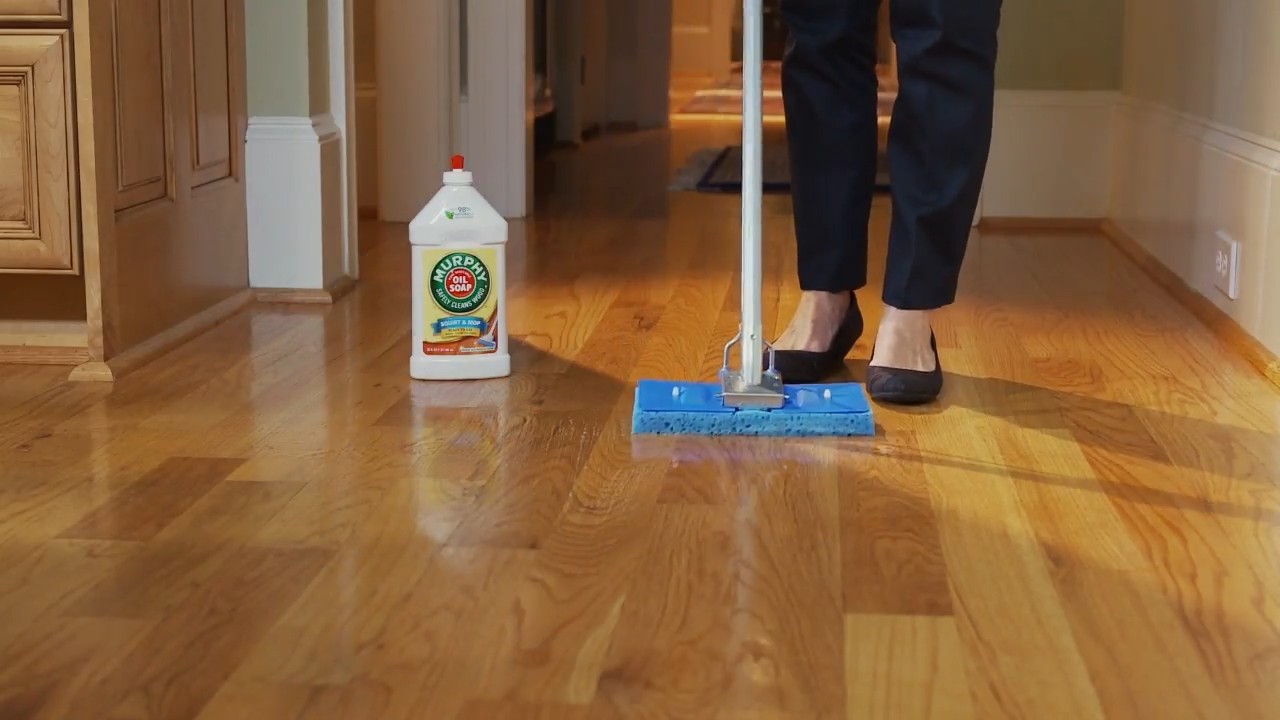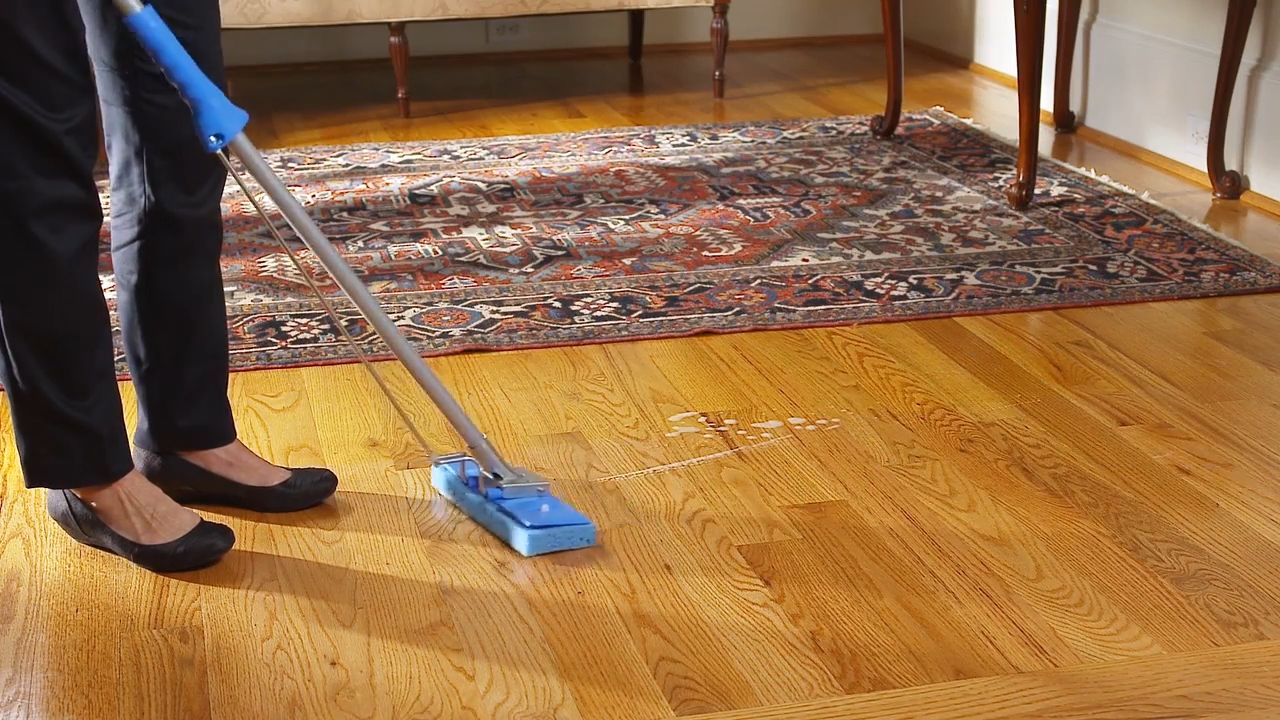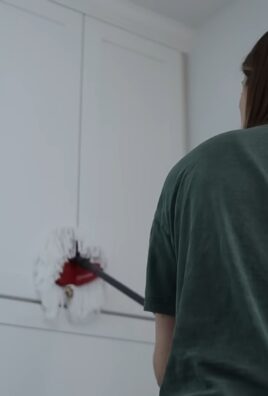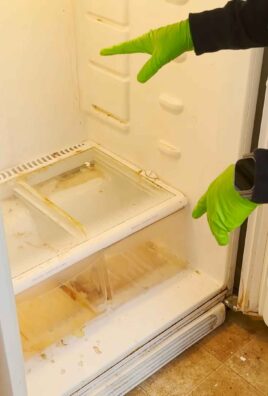Murphy’s Oil Soap Cleaning: Unlock the secrets to a sparkling home with this surprisingly versatile cleaner! Have you ever wished for a single product that could tackle grime on your wood furniture, floors, and even your leather goods? Well, your wish is about to come true! For generations, Murphy’s Oil Soap has been a trusted household staple, its gentle yet effective formula passed down through families. Its roots trace back to the late 19th century, offering a natural alternative to harsh chemical cleaners that were becoming increasingly common.
But why should you, in this day and age, bother with a cleaning product that your grandma probably used? Because in a world overflowing with specialized cleaners, Murphy’s Oil Soap offers a refreshing simplicity and eco-consciousness. It’s a fantastic way to reduce the number of products cluttering your shelves and minimize your environmental impact. Plus, it’s incredibly effective at restoring the natural beauty of your wood surfaces, leaving them with a healthy sheen rather than a sterile, artificial shine. I’m going to show you some amazing DIY tricks and hacks using Murphy’s Oil Soap Cleaning that will revolutionize your cleaning routine and leave your home looking its absolute best!

DIY Murphy’s Oil Soap Cleaning Hacks: Beyond Just Wood!
Hey there, fellow DIY enthusiasts! I’m always on the lookout for ways to simplify my cleaning routine and save a few bucks. That’s why I’m so excited to share my favorite Murphy’s Oil Soap cleaning hacks with you. You probably already know it’s great for wood, but trust me, this stuff is a cleaning powerhouse that goes way beyond just your furniture. Let’s dive in!
Understanding Murphy’s Oil Soap
Before we get started, let’s quickly touch on what makes Murphy’s Oil Soap so special. It’s a concentrated cleaner made with natural vegetable oils, primarily linseed oil. This gives it a gentle yet effective cleaning power that’s safe for many surfaces. The key is to always dilute it properly, as using it full-strength can leave a residue.
General Dilution Guidelines
* Light Cleaning: Mix 1/4 cup of Murphy’s Oil Soap per gallon of warm water.
* Heavy Cleaning: Mix 1/2 cup of Murphy’s Oil Soap per gallon of warm water.
* Spot Cleaning: Use a slightly more concentrated solution, but always test in an inconspicuous area first.
Important Note: Always test your cleaning solution in a hidden area before applying it to the entire surface. This will help you ensure that it doesn’t damage or discolor the material.
Cleaning Wood Floors
Okay, let’s start with the classic use: wood floors! I’ve found that Murphy’s Oil Soap is fantastic for cleaning my hardwood floors without stripping them of their natural oils.
What you’ll need:
* Murphy’s Oil Soap
* Warm water
* Bucket
* Mop (microfiber is best)
* Spray bottle (optional, for spot cleaning)
Step-by-step instructions:
1. Prepare the solution: In your bucket, mix 1/4 cup of Murphy’s Oil Soap with one gallon of warm water. Make sure it’s well combined.
2. Prepare the floor: Sweep or vacuum your wood floors to remove any loose dirt, dust, or debris. This will prevent you from just pushing the dirt around while mopping.
3. Mop the floor: Dip your microfiber mop into the cleaning solution, wring it out thoroughly (you want it damp, not soaking wet), and mop the floor in sections. Overlapping your strokes slightly will ensure even coverage.
4. Rinse (optional): If you feel like there’s a residue left behind, you can lightly rinse the floor with clean water. However, with the proper dilution, this shouldn’t be necessary. Just make sure to wring out your mop very well.
5. Dry the floor: Allow the floor to air dry completely. You can also use a clean, dry towel to speed up the drying process.
Cleaning Wood Furniture
Just like with wood floors, Murphy’s Oil Soap is a gentle and effective way to clean your wood furniture. It helps remove dust, grime, and fingerprints without damaging the finish.
What you’ll need:
* Murphy’s Oil Soap
* Warm water
* Spray bottle
* Soft cloths (microfiber is ideal)
Step-by-step instructions:
1. Prepare the solution: In your spray bottle, mix 1/4 cup of Murphy’s Oil Soap with one gallon of warm water. Shake well to combine.
2. Dust the furniture: Use a dry, soft cloth to dust the furniture before cleaning. This will remove any loose particles that could scratch the surface.
3. Spray and wipe: Lightly spray the cleaning solution onto a soft cloth (not directly onto the furniture). Wipe the furniture in sections, following the grain of the wood.
4. Dry with a clean cloth: Use a clean, dry cloth to buff the furniture and remove any excess moisture. This will help prevent water spots and leave a nice shine.
Cleaning Leather Furniture
Yes, you read that right! Murphy’s Oil Soap can also be used to clean leather furniture, but with extra caution. It’s crucial to use a very diluted solution and test in an inconspicuous area first.
What you’ll need:
* Murphy’s Oil Soap
* Warm water
* Two soft cloths (microfiber is best)
* Spray bottle
Step-by-step instructions:
1. Prepare the solution: In your spray bottle, mix *only* 1 tablespoon of Murphy’s Oil Soap with one gallon of warm water. This is a very diluted solution, so be sure to measure carefully.
2. Test in a hidden area: Before cleaning the entire piece of furniture, test the solution on a small, hidden area, such as the back of a cushion or under the armrest. Wait at least 24 hours to see if there are any adverse reactions.
3. Dampen the cloth: Lightly dampen one of the soft cloths with the cleaning solution. Wring it out thoroughly so it’s not dripping wet.
4. Wipe the leather: Gently wipe the leather furniture in sections, using a circular motion. Avoid scrubbing or applying too much pressure.
5. Dry with a clean cloth: Use the second, clean and dry cloth to buff the leather and remove any excess moisture.
6. Condition (optional): After cleaning, you may want to apply a leather conditioner to help keep the leather supple and prevent it from drying out.
Cleaning Painted Walls
I’ve found that Murphy’s Oil Soap is a great way to clean painted walls without damaging the paint. It’s especially effective for removing greasy fingerprints and smudges.
What you’ll need:
* Murphy’s Oil Soap
* Warm water
* Bucket
* Sponge or soft cloth
Step-by-step instructions:
1. Prepare the solution: In your bucket, mix 1/4 cup of Murphy’s Oil Soap with one gallon of warm water.
2. Test in a hidden area: As always, test the solution in an inconspicuous area of the wall before cleaning the entire surface.
3. Wipe the walls: Dip your sponge or soft cloth into the cleaning solution, wring it out well, and wipe the walls in sections. Use a gentle, circular motion.
4. Rinse (optional): If you feel like there’s a residue left behind, you can lightly rinse the walls with clean water. Just make sure to wring out your sponge or cloth very well.
5. Dry the walls: Allow the walls to air dry completely. You can also use a clean, dry towel to speed up the drying process.
Cleaning Kitchen Cabinets
Kitchen cabinets can get grimy and greasy, especially around the stove. Murphy’s Oil Soap can help cut through the grease and grime without damaging the finish.
What you’ll need:
* Murphy’s Oil Soap
* Warm water
* Bucket
* Sponge or soft cloth
* Spray bottle (optional, for spot cleaning)
Step-by-step instructions:
1. Prepare the solution: In your bucket, mix 1/4 cup of Murphy’s Oil Soap with one gallon of warm water. For stubborn grease, you can use a slightly more concentrated solution (up to 1/2 cup per gallon), but test in a hidden area first.
2. Wipe the cabinets: Dip your sponge or soft cloth into the cleaning solution, wring it out well, and wipe the cabinets in sections. Pay special attention to areas that are particularly greasy or dirty.
3. Rinse (optional): If you feel like there’s a residue left behind, you can lightly rinse the cabinets with clean water. Just make sure to wring out your sponge or cloth very well.
4. Dry the cabinets: Allow the cabinets to air dry completely. You can also use a clean, dry towel to speed up the drying process.
Cleaning Vinyl Floors
Murphy’s Oil Soap is also safe and effective for cleaning vinyl floors. It helps remove dirt and grime without dulling the finish.
What you’ll need:
* Murphy’s Oil Soap
* Warm water
* Bucket
* Mop (microfiber is best)
Step-by-step instructions:
1. Prepare the solution: In your bucket, mix 1/4 cup of Murphy’s Oil Soap with one gallon of warm water.
2. Prepare the floor: Sweep or vacuum your vinyl floors to remove any loose dirt, dust, or debris.
3. Mop the floor: Dip your microfiber mop into the cleaning solution, wring it out thoroughly, and mop the floor in sections.
4. Rinse (optional): If you feel like there’s a residue left behind, you can lightly rinse the floor with clean water.
5.

Conclusion
So, there you have it! Mastering the art of Murphy’s Oil Soap cleaning is not just about tidying up; it’s about breathing new life into your wood surfaces, restoring their natural beauty, and creating a healthier, more inviting home environment. We’ve explored how this time-tested cleaner can be your secret weapon against grime, dust, and everyday wear and tear, all while being gentle enough to protect your cherished wooden furniture, floors, and cabinets.
Why is this DIY trick a must-try? Because it’s effective, affordable, and environmentally conscious. Unlike harsh chemical cleaners that can strip away the natural oils and damage your wood over time, Murphy’s Oil Soap nourishes and conditions, leaving behind a subtle, refreshing scent. It’s a win-win for your home and your peace of mind.
But the beauty of this cleaning method lies in its versatility. Feel free to experiment with variations to suit your specific needs and preferences. For instance, if you’re dealing with particularly stubborn stains or buildup, consider adding a touch of white vinegar to your cleaning solution for extra cleaning power. Just be sure to test it on an inconspicuous area first to ensure it doesn’t affect the finish. Alternatively, for a deeper conditioning treatment, you can add a few drops of essential oil, such as lemon or orange, to your Murphy’s Oil Soap solution. This will not only enhance the scent but also provide additional moisturizing benefits for your wood.
Remember, the key to successful Murphy’s Oil Soap cleaning is to start with a diluted solution and work in small sections, using a soft cloth to gently wipe away dirt and grime. Avoid oversaturating the wood, and always follow up with a dry cloth to remove any excess moisture. With a little patience and attention to detail, you’ll be amazed at the transformation.
We’re confident that once you experience the magic of Murphy’s Oil Soap, you’ll never go back to harsh chemical cleaners again. It’s a simple, effective, and sustainable way to keep your wood surfaces looking their best for years to come.
Now, it’s your turn! We encourage you to give this DIY trick a try and see the results for yourself. Don’t be afraid to experiment with different variations and find what works best for your home and your wood surfaces. And most importantly, we want to hear about your experience! Share your before-and-after photos, tips, and tricks in the comments below. Let’s create a community of happy, clean, and beautifully maintained homes, all thanks to the power of Murphy’s Oil Soap cleaning. Your insights could help others discover the benefits of this amazing cleaning solution and transform their homes as well. So, go ahead, get cleaning, and share your story! We can’t wait to see what you create.
Frequently Asked Questions (FAQ)
What exactly is Murphy’s Oil Soap, and what makes it so good for cleaning wood?
Murphy’s Oil Soap is a cleaning product specifically formulated for wood surfaces. Its primary ingredients are water, coconut and vegetable oils, and potassium hydroxide. The key to its effectiveness lies in its gentle cleaning action. Unlike harsh chemical cleaners that can strip away natural oils and damage the finish, Murphy’s Oil Soap cleanses while also conditioning the wood, helping to prevent drying and cracking. The oils penetrate the wood, nourishing it and restoring its natural luster. It’s also pH-balanced, making it safe for most wood finishes.
Can I use Murphy’s Oil Soap on all types of wood?
While Murphy’s Oil Soap is generally safe for most wood surfaces, it’s always a good idea to test it on an inconspicuous area first, especially if you’re dealing with antique or delicate finishes. Avoid using it on unfinished wood, as the soap can penetrate and cause staining. Also, be cautious when using it on waxed or oiled wood, as it may remove the existing finish. Always refer to the manufacturer’s instructions for your specific wood furniture or flooring. If you are unsure, consult a professional furniture restorer.
How do I properly dilute Murphy’s Oil Soap for cleaning?
The recommended dilution ratio for general cleaning is typically 1/4 cup of Murphy’s Oil Soap per gallon of water. However, you can adjust the concentration depending on the level of dirt and grime. For light cleaning, you can use a weaker solution (e.g., 1/8 cup per gallon). For heavier cleaning, you can use a slightly stronger solution (e.g., 1/3 cup per gallon), but be careful not to overdo it, as too much soap can leave a residue. Always follow the instructions on the product label.
What kind of cloth should I use when cleaning with Murphy’s Oil Soap?
A soft, lint-free cloth is ideal for cleaning with Murphy’s Oil Soap. Microfiber cloths are a great option, as they are gentle on wood surfaces and effectively remove dirt and grime. Avoid using abrasive cloths or scrub brushes, as they can scratch or damage the finish. Always use a clean cloth to prevent spreading dirt and grime.
How often should I clean my wood surfaces with Murphy’s Oil Soap?
The frequency of cleaning depends on the amount of traffic and use the wood surface receives. For floors, you may need to clean them weekly or bi-weekly, especially in high-traffic areas. For furniture, you can typically clean it monthly or as needed. Avoid over-cleaning, as this can dry out the wood.
What should I do if Murphy’s Oil Soap leaves a residue on my wood surface?
If you notice a residue after cleaning with Murphy’s Oil Soap, it’s likely due to using too much soap or not rinsing properly. To remove the residue, simply wipe the surface with a clean, damp cloth. You may need to repeat this process several times to remove all the soap. Make sure to dry the surface thoroughly with a clean, dry cloth.
Can I use Murphy’s Oil Soap to clean wood floors that have a polyurethane finish?
Yes, Murphy’s Oil Soap is generally safe to use on wood floors with a polyurethane finish. However, it’s always a good idea to test it on an inconspicuous area first to ensure it doesn’t affect the finish. Avoid using excessive amounts of water, as this can damage the wood over time.
Is Murphy’s Oil Soap safe for pets and children?
Murphy’s Oil Soap is generally considered safe for pets and children when used as directed. However, it’s always a good idea to keep them away from the cleaning solution and the wet surfaces until they are completely dry. If your pet or child ingests Murphy’s Oil Soap, contact a poison control center or seek medical attention immediately.
Can I add essential oils to my Murphy’s Oil Soap cleaning solution?
Yes, adding a few drops of essential oil to your Murphy’s Oil Soap cleaning solution can enhance the scent and provide additional moisturizing benefits for your wood. Lemon, orange, and lavender essential oils are popular choices. However, be sure to use high-quality essential oils and avoid using too much, as some essential oils can be harsh on wood finishes. Always test the solution on an inconspicuous area first.
Where can I purchase Murphy’s Oil Soap?
Murphy’s Oil Soap is widely available at most grocery stores, drugstores, and home improvement stores. You can also purchase it online from various retailers.





Leave a Comment